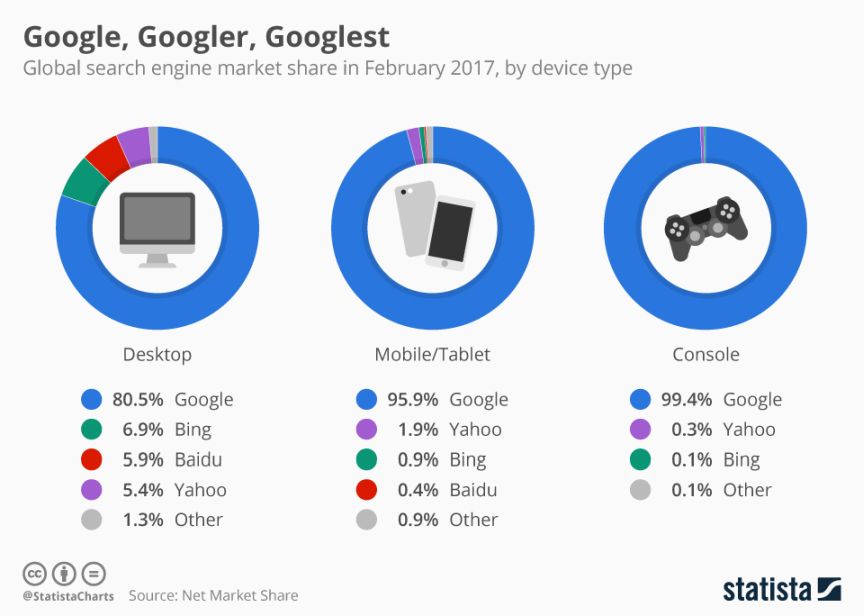
Date: Wed, 15 Sep 93 22:04:27 CDT
From: Robert Dorsett rdd@cactus.org
Subject: Airplanes as operating systems (humour)
Click here for Youtube and Netflix statistics in 2017
Go to Linux and recent browsing statistics (in 2019 and 2024)
Email Forwarded to me by a friend (in 1993):
Future planes run by various operating systems:
DOS (Microsoft Command Line Shell - having limited memory, launched in 1981):
Everybody pushes it till it glides, jumps on and lets it coast till it skids... then jumps off, pushes, jumps back on, etc.
DOS w/QEMM (Quarterdeck's Expanded Memory option):
Same as DOS but with more leg room to push.
Apple MAC: (Launched in 1984)
All the stewards, stewardesses, captains, baggage handlers, etc., look the same, act the same, and talk the same. Every time you ask questions about details you are told you don't need to know, don't want to know, and everything will be done for you without knowing, so just shut up.
In June 2019 Apple Macs made up about 14% of desktop traffic on the Internet worldwide. Switched to Intel 2006-2020, since 2020 Apple Silicon M2, M3, M4
Microsoft Windows: (Launched in 1985)
Nice colourful airport terminal, friendly stewards/stewardesses, easy access to a plane, uneventful take off.... then BOOM! you blow up without any warning whatsoever.
IBM's OS/2: (Launched in 1987)
To get on board you have to have your ticket stamped 10 different times by standing in 10 different lines; then you have to fill out a form that states how you want your seating arrangement to be--whether it should have the look and feel of an ocean liner, a passenger train, or a bus. If you are successful in getting on board and getting off the ground you have a wonderful, enjoyable trip... except for times when the rudder and flaps freeze stuck, in which case you have time to say your prayers and get your personal things in order before you crash.
Microsoft NT (new technology) (Microsoft's brand new announcement made in 1993, based on their work when writing OS/2 for IBM):
Everyone sits on the runway and forms the outline of a plane, then they just sit there and go "PHHLLZZZSST" like they're flying.
In 2000 came the NT release known as Windows 2000, the basis for the hugely popular Windows XP in 2001, then Vista, 7, 8, 8.1, 10, and finally 11.
In June 2019, this Windows family made up 83% of the Internet Traffic on the nearly 2 billion desktops in use worldwide. The processor is an Intel (or AMD) chip.
Unix (AT&T Bell Telecommunications throughout the US in the early 1970s using their C language compiler):
Everyone brings one piece of the plane with them when they come to the airport. Then they go out on the runway and piece it together, all the time arguing about what kind of plane they are building.
** End of Email
In June 2019, outside of Windows and Apple desktops and laptops, the Unix-like operating system known as Linux comprised 2% of desktop traffic, followed by Chromebook OS (a Linux derivative) with about 1%, though about 5% in the US. The Open Foundation who owns the Unix ® trademark, a group of over 625 members, have declared the Apple MacOS X that runs on iMacs to be a certified Unix operating system. With its 14% of desktop traffic it makes the Mac by far the largest installed Unix base.
So, how did the Unix operating system become the basis of the Internet and email?
Once the C language compiler – designed by AT&T Bell in the US in 1971 – became available to telecommunication engineers and students, literally dozens (if not hundreds) of versions of Unix were published by computer and accounting machine companies in the 1970s and 1980s. 20 years of this and in 1991 Linus Torvalds in Finland released Linux, a Unix-like clone with freely available source code, including the proviso that all future enhancements of Linux, regardless of who wrote the enhancements, should be free.
That opened the doors. Out of Linux came
*The other 20%
and over 95% of web searches on mobiles, tablets and consoles). Note, Google China's search page, whose content Google no longer censors, dropped from 29% in 2010 to 5% in 2013 to 2% in 2017. It is currently accessible in Hong Kong and Taiwan, but not in mainland China, and has been progressively banned by government policy unless using a government approved VPN. Click here for other web sites banned due to their "objectionable" comment.
**The other 46%

In 2024 on fixed and mobile, Google Chrome is 65%, Apple Safari is 18%, Microsoft Edge is 5.2%, Firefox is 2.8%, Samsung Internet 2.6%, Opera 2.5%, UCWeb 1.3%
and Microsoft IE is very low.
** End of Page